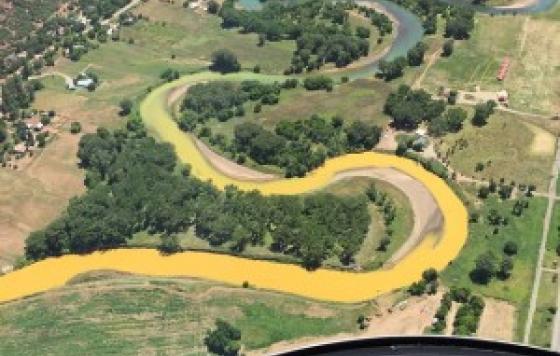By Shanene Pierce, Massachusetts Intern - Boston Office
It wasn’t until I joined the cross-country team in high school that I began to pay closer attention to the Merrimack River and Valley that I called home. I used the winding paths along the Merrimack to challenge and build my running endurance while training for my first 5k race. I’ve seen bald eagles soar above me while commuting along the river to and from my classes at University of Massachusetts Lowell. The Merrimack River is a beautiful place: when the Pawtucket Falls freeze over in midwinter, the rushing of snowmelt come spring transforms the steady flowing river into raging rapids that bring life to the connecting wetlands and streams.
But even the most beautiful places can quickly lose their charm. My father has long lived along the Merrimack River and tells me stories from his childhood of seeing people use the river as a dumpsite; dumping their appliances, tires, construction materials, etc. Years later we have all become a little wiser and realized from our carelessness that we do indeed all live down stream.
The Merrimack River is the drinking water source for residents living in the surrounding communities such as Lowell, Lawrence, Haverhill and Newburyport. Through trial and error we have learned that the protection of our drinking water sources is necessary to protect public health and safety. Clean water, and enough of it, is also vital for our state’s economy, attracting hunters and fisherman as well as hikers and swimmers. What we still fail to connect is how the health of small streams and wetlands that feed into our drinking water sources affects the safety of these sources. Streams and wetlands help filter out pollution that passes through them on their way to joining larger bodies of water. More then 4.7 million people, 73% of Massachusetts’s residents, get their drinking water from public systems that rely on these ephemeral sources.
Living and studying at University of Massachusetts Lowell, a college built right along the Merrimack River, I can attest to how much my college and community have relied on the river. Besides having direct access to drinking water, communities originally sprung up along the river to harness its power for mill production; a power that communities still rely on today.
Now we use the river for more than just to provide our basic needs. Jogging on a path along the river, I often see our crew team in long blue boats rowing through the fog that blankets the Merrimack in the early mornings. When I circle back to my dorm, I pass the pubs that use the water to make their own special brew. I run on the bridge over the raging falls, leading me towards my destination. When I get back to my dorm, I fill up a tall glass of water from the tap, nourishing my body with the water that comes from the Merrimack. Our rivers are important, and the water quality of our streams and wetlands surrounding them makes a huge difference in their health and vitality. In return, they nourish our own health and livelihood.
We have come a long way to protecting our waters, and we do not want to fall back on our progress. These are just some of the reasons why I support protecting the health of our rivers. You can support them too! Visit this page to take action and this page to learn more about this issue and take action to protect our water!
Related Posts
Stay Informed
Get the latest updates and actions:
Thanks for signing up!
There was a problem processing your signup. Please try again.


